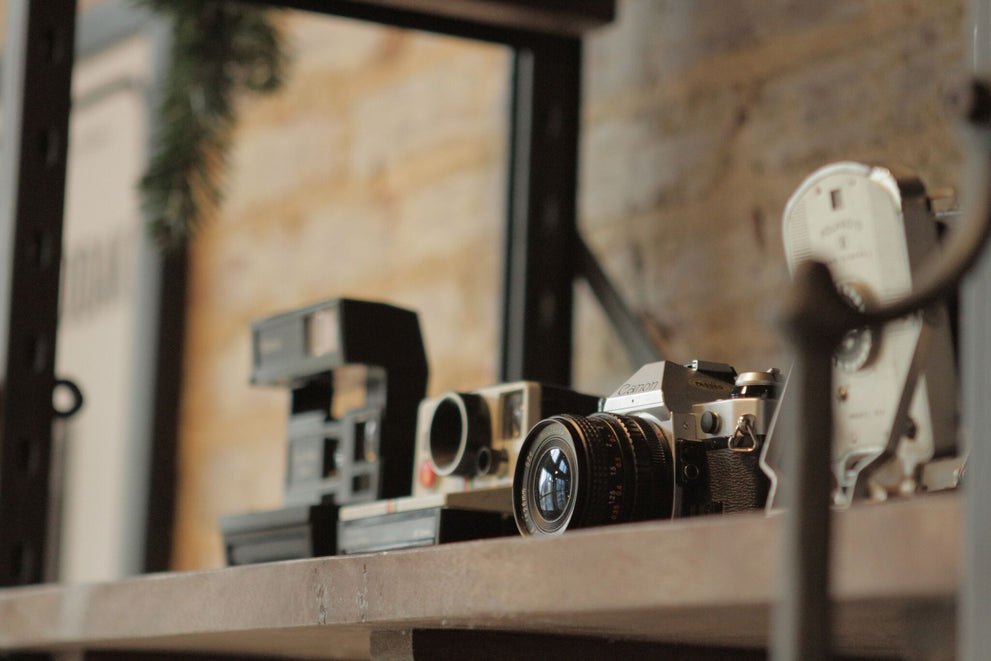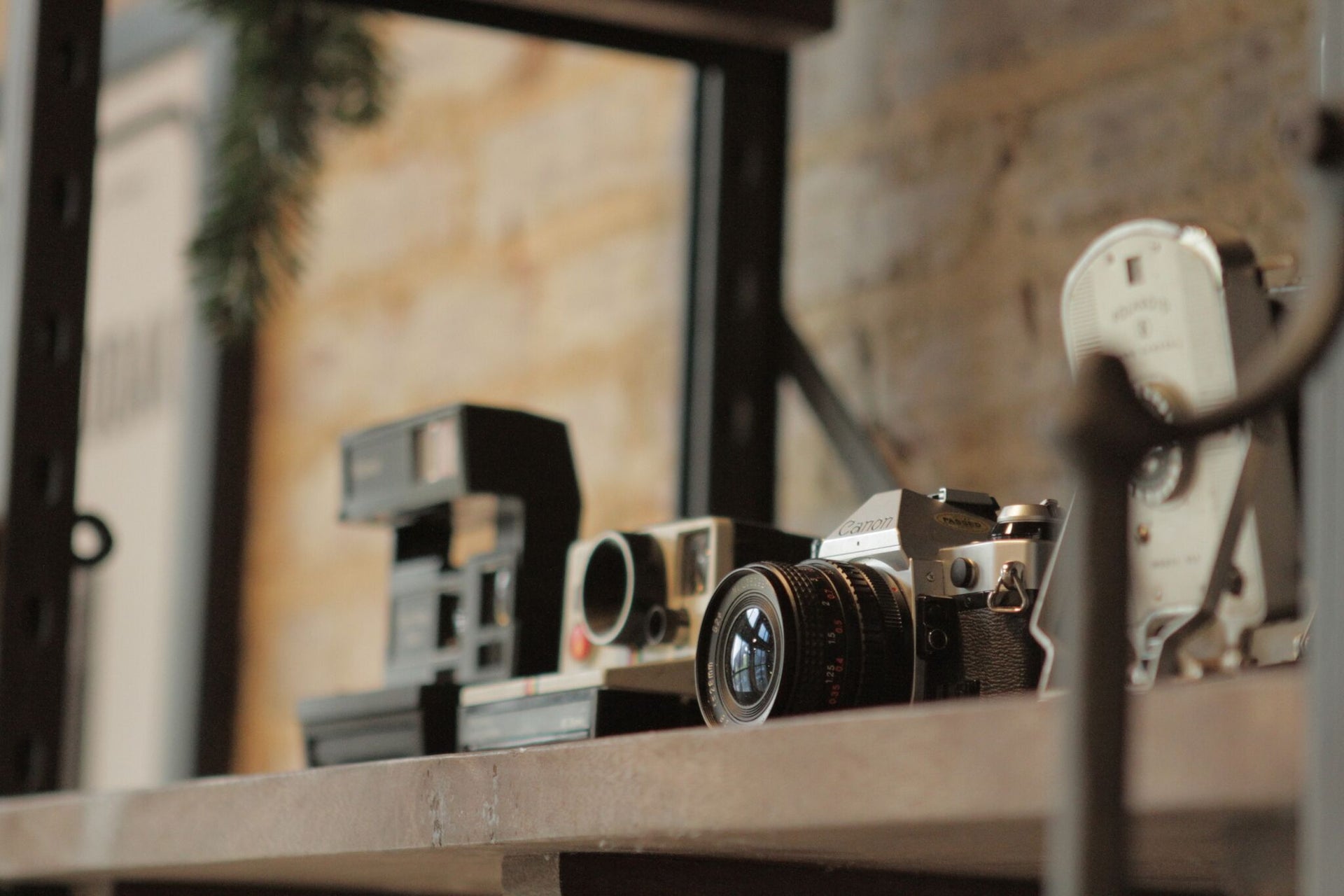Being able to capture a moment has been one of the greatest achievements of all time. But cameras do more than just capture moments and images, they create memories and perpetuate experiences. From commemorating history to personal pursuits to pop culture enrichment, cameras offer a whole new lens to view life.
But how did the camera come to be? And what’s changed throughout its impressive evolution?
Camera Obscura (1500): the first “camera”
The camera obscura was a way to perceive a scene using a dark room (later a small, portable box) with a small hole in one wall. As light would feed into the hole, an image was casted onto the opposite wall appearing upside down due to light rays reversing themselves as they passed through the small aperture. While camera obscuras are archaic by today’s standards, they were often used as visual aids for drafters and painters.
Daguerreotype Camera (1839): a first for the masses
If we fast forward a few centuries, we’re introduced to Louis-Jacques-Mande Daguerre, creator of the first publicly available photographic process. He cunningly used polished sheets of silver-plated copper, a long exposure and chemical treatment to produce a vague images that would help shape the next evolution of cameras.
Kodak roll-film (1888): turning moments into memories
Originally, film was first captured on expensive metal and glass, but by the 1800s, it had moved on to a more affordable paper-based process. This change in material made photography much more attainable for the general public and helped jumpstart a film revolution. One of the men to pioneer this innovation was George Eastman. By 1900, the first mass-marketed camera – the Brownie – was released by Eastman.
35mm Camera (1913): creating movie magic
How do you equate the significance of a camera to an entire movie generation? Well, it starts by giving kudos to Oskar Barnack, creator of the first 35mm camera, also called the Candid Camera, which would go on to be the standard for all film cameras for decades to come.
Polaroid Camera (1948): shoot and print, instantly
Film had fully gone public and its popularity had been growing for years, but people yearned for a faster developing camera. And their pleas were answered by Edwin Land’s Polaroid camera. The Polaroid camera so innovative and fast developing that you could take a picture and print it in less than one minute. Something that wasn’t even fathomable at the turn of the century.
Deep Water Camera (1960): capturing underwater adventures
Like a lot of technological triumphs, EG&G’s extreme depth camera was developed for the military, specifically the marines. Eventually, the tech was released to the public and people everywhere experienced the beauty under the sea. Just think – If it wasn’t for the technology in this deep water camera, we may never have been privileged to James Cameron’s epic tale, Titanic.
Disposable Camera (1986): shoot and toss
First created in the 80s, the disposable camera would reach epic proportions by the time the 90s rolled around. The “single-use cameras” were incredibly affordable and convenient and a staple for high school dances, family vacations and any other memorable event.
Digital Camera (1991): shoot and upload
By the early 90s, the idea of digital was still relatively new to people. But Kodak was back at it again with the release of the first professional digital camera system (DCS). And by the mid-90s, digital cameras were ready for the general consumers and would go on to be a staple for people everywhere by the mid 2000s.
Cell Phone Camera (2000): shoot and make phone calls
Today’s camera phones are pretty spectacular in terms of quality. They’ve got everything from megapixel count and portrait modes to slow motion capture and panorama. But they didn’t always have such shoot swagger. Like everything, there is a first somewhere if you look back far enough, and the first camera phone was Japan’s Sharp J-SH04. One hell of a way to ring in the new millennium.
GoPro Camera (2004): photography for the adventurous
Sometimes capturing the moment requires a camera that is up for even the most extreme moments. For the adventurous camera enthusiasts, the first GoPro camera, the 35mm HERO was launched by Nick Woodman at San Diego’s Action Sports Retailer trade show.
Digital SLR camera (2005): shooting for the modern age
By the mid 2000s, shooting like a pro wasn’t just for professionals anymore. And you didn’t need to break the bank to capture good-looking photos. With the release of the Canon EOS 5D, the first consumer-priced full-frame digital SLR, digital SLRs have made breathtaking photography attainable for the average Joe.
However you choose to capture your memorable moments, there’s no denying the historical, personal and social impacts that the evolution of the camera and film have had on our lives. They are our memories. And if you have some old memories – photos, videos and more – that you’d like to preserve, let us help you digitize them today.















